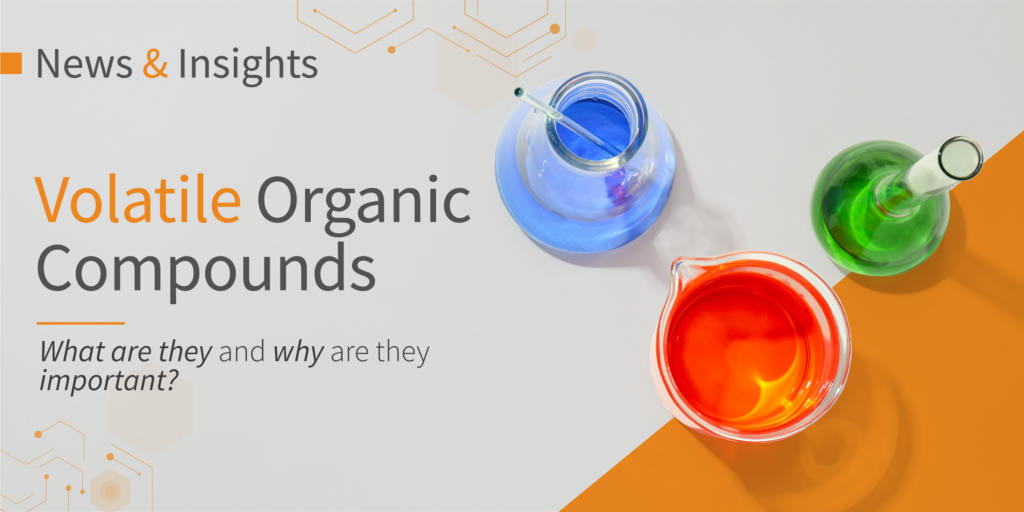by Ziannah Pasion
Volatile organic compounds (VOCs) are substances characterized by high volatility that tend to change from liquid to gaseous state easily, accumulating in the environment and generating smog, with risks for human health and the environment. In Europe, VOC emissions are regulated by Directives 2010/75/EU and 2004/42/EU.
- Directive 2010/75/EU applies to a number of industrial activities, so it may be of interest to many manufacturers, formulators and users of chemicals.
- Directive 2004/42/EU, on the other hand, relates to VOC emissions due to the use of organic solvents in paints and varnishes and in bodywork products; therefore, it applies only to importers and manufacturers of the above-mentioned products.
What are my VOC obligations?
It depends: if you produce paints or varnishes for the building industry and/or products for the vehicles, you must comply with both directives. According to Directive 2004/42/EU, in particular, you must indicate the quantity in g/L of VOCs of the product on the label and in the safety data sheet and make sure that this value does not exceed the limits indicated in Annex II of the directive.
If, on the other hand, you import, formulate or produce chemical substances and/or mixtures, you must assess the applicability of Directive 2010/75/EC for your company or customers. For this directive there is no obligation to communicate the content of VOCs on the label or SDS, however it imposes emission limits, defined according to the industry or plant.
Are there any other obligations outside the European Union?
Yes: if you operate outside the European Union, you will need to consider the applicable VOC laws in the country where your products are to be sold.
In Switzerland , the Ordinance on the Incentive Tax on Volatile Organic Compounds (OCOV) imposes a tax on exceeding a certain amount of VOCs per year.
In England, the two European directives have been adopted and Directive 2004/42/EU is called Regulation 2012 No. 1715. Finally, in Turkey, only Directive 2010/75/EC has been adopted to date.
Let’s now move away from the EU: in Canada and the United States, there are laws that regulate VOC limits for consumer products, architectural coatings and automotive products, each with well-defined requirements and emission limits.
Need help with VOCs?
EPYplus and EPY X automatically calculate the VOC content of your products for the two European directives and for architectural products in Canada and the United States.
In addition, our regulatory specialists are ready to support you!



